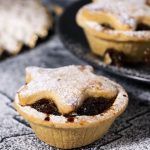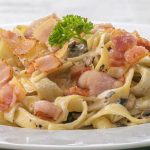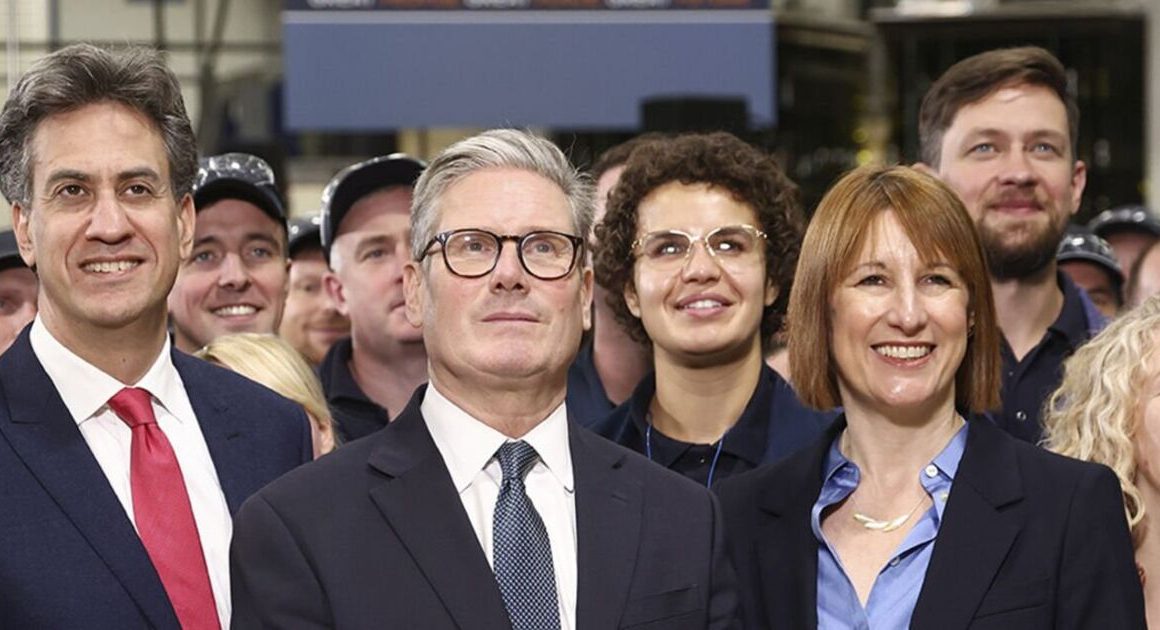As It Happens6:30A Florida artist’s Uncrustables oil painting sold at auction for $6.8K
Painter Noah Verrier has a very intimate relationship with his subject matter. Because, more often than not, he eats it.
“I always liked the idea of, like, method actors and how they get into a role and become that thing that they’re trying to create,” the Tallahasse, Fla., artist told As It Happens host Nil Koksal.
“And so I just thought, shouldn’t it be the same thing for like a painter? Shouldn’t we kind of get involved in what we’re about to create?”
That’s why there’s a big bite in the centre of the Smucker’s Uncrustables peanut butter and jelly sandwich featured in his oil painting, Uncrustable, which recently went viral on social media, auctioned on eBay for $5,000 US ($6.8K Cdn), and landed him a profile in the New York Times.
Verrier has carved out a niche for himself with his old-fashioned paintings of modern munchies, from fast food to frozen fare.
But he’s far from alone. A fascination with food permeates art history, from the Old Masters’ lush tableaus of fruit and wine, to modern-day painters who depict snacks as a nod to nostalgia, a deconstruction of desire or even criticism of consumerism.
“The sweet space, so to speak, is in the relation … between the beautiful and the real. Food in art is, for me, let’s call it, the realest real,” Leonard Barkan, an art historian and retired Princeton University professor, said in an email to CBC.
In his book The Hungry Eye, Barkan explores the important role that food plays in art, literature, religion and more.
“[It’s] an experience common to us all, but at the same time, at least potentially, subject to the grandest forms of aesthetic elevation, or at times degradation,” he said. “The peanut butter sandwich placed next to, say, some of the Dutch still lifes … demonstrates this radical range.”
Goodbye oysters, hello Pop-Tarts
For Verrier, creating vivid paintings of chicken nuggets, Domino’s pizza, Popeye’s chicken, and McDonald’s Happy Meals is about engaging with the now.
He favours a traditional style of still life paintings — a kind of work that depicts of inanimate subject matter — reminiscent of Rembrandt. But when you work in that oeuvre, he says, it’s easy to get stuck in the past.
“The technique is great because it started so long ago and, like, this is something that we carry on today,” he said. “But maybe we should think about what’s contemporary, what’s up today — not just painting, like, oysters and lemons like [French artist Édouard] Manet did a hundred years ago.”

Chicago artist Pamela Michelle Johnson —known for her hyper-realistic paintings of mass-produced foods and the trash they generate — agrees.
“Food’s kind of been painted throughout American history, and I kind of was thinking about, you know, a lot of the fruit bowls and whatnot didn’t really relate to our mainstream culture,” she said.
“When you go down any American grocery store aisle … these are the things you see.”
Her work, she says, simultaneously explores our nostalgic desire for these kinds of snacks, while also examining excesses of American consumer culture.
Some of her paintings are on canvasses nearly two metres long. A huge stack of Pop-Tarts at that scale can appear appetizing from a distance, she says, but up close, they tend to make the viewer uncomfortable.

Toronto artist Esther Slevinsky says painting food is about working with what you know.
Her still life paintings evoke relatable scenes of domestic life — messy kitchen tables with cracked eggs and open containers, plated pie slices oozing filling and kids’ lunch boxes featuring an assortment of bite-sized snacks.
“My home studio is right next to my kitchen and most days I’m either painting something in one room or preparing meals and packing lunch kits for my kids in the other, so food became a natural subject matter,” Slevinsky said in an email.
“I’m fascinated by the numerous ways we use food: to celebrate, comfort, nourish, as tradition, as a luxury, even as waste. But really, I suppose I choose my food items based on what I enjoy consuming.”
She sees humour in Verrier’s work, especially Uncrutstable.
“It seems like such a cheap food item to elevate in a formal oil painting, but then I laughed realizing I have never bought Uncrustables myself because I think they are too expensive for what they are,” she said. “Beautiful irony.”
Make the art you want to see
Verrier say that when he started to paint junk food, he got a lot of pushback from within the art world, especially from his professors.
But he decided to follow the mantra of his favourite musicians, Metallica. In a 2016 interview, frontman James Hetfield said the band makes music they want to hear.
“I think it’s the same. We should just probably just make the things that we want to see,” Verrier said.
“Just keep doing the things that you like doing and portraying and are passionate about as an artist. And then, hopefully, there’s other people out there like you that can relate.”







